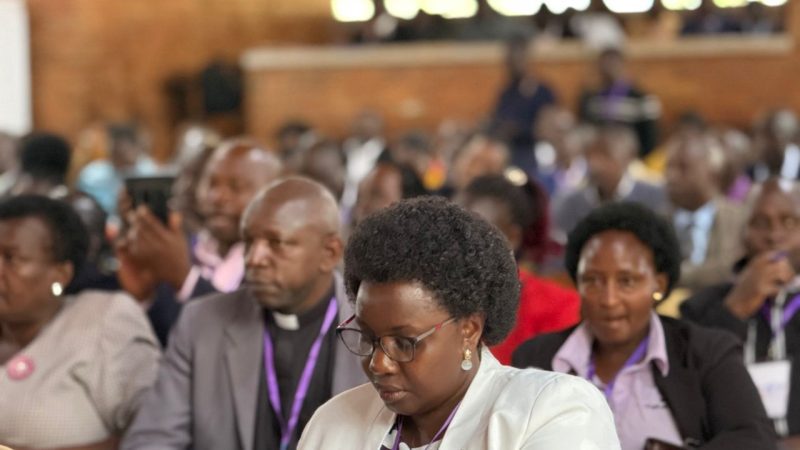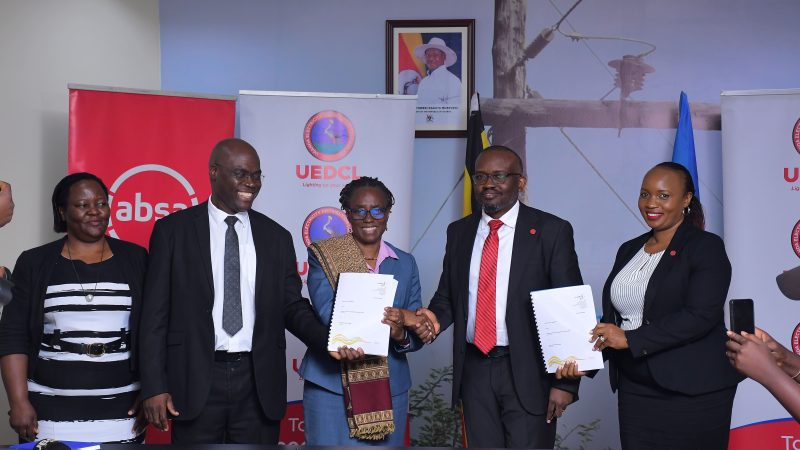The International Monetary Fund (IMF) has lent Uganda One Billion US Dollars.
IMF in a statement issued on Tuesday said the agreement was reached in a virtual IMF visit led by the head of Africa Division Amine Mati in February, March of this year and from May 25-May 28, 2021. It will be a three-year-long program under the Extended Credit Facility.
This means Uganda will receive the loan in three installments, perhaps 330 million dollars per financial year.
The staff-level agreement is subject to IMF management approval and Executive Board consideration, which is expected in the coming weeks, Mati said in a statement.
“The IMF-supported program supports the next phase of the COVID-19 response and strengthens the fundamentals of a more inclusive private sector-led growth,” Mati said. “As the pandemic eases, it envisages a return to revenue-based fiscal consolidation while increasing priority social spending, including on COVID-19 vaccines and to protect vulnerable households, and more efficient infrastructure investment.”
Mati warned that strengthening governance and budget transparency will be key to fostering public sector efficiency while preparing the ground for sound management of oil revenues.
Uganda recently signed four agreements with Total, CNOOC and Tanzania geared at the actualization of oil production. Total CEO Patrick Jean Pouyanné said the first oil will be in 2025.
According to the IMF statement, the government committed to strengthening fighting corruption and it will be publishing procurement contracts.
“The authorities’ commitment to strengthen anti-corruption efforts is welcomed and encouraged. Further progress with publishing COVID-19 procurement contracts and providing information on the use of funds to mitigate the impact of COVID-19 is expected in the next few days, in line with the government’s commitments,” Mati said.
Managing public investment appropriately, reducing domestic arrears, as well as strengthening cash management, IMF said will be critical priorities for improving the business climate and attracting private investment.
This is the second loan that Uganda is taking from the IMF since the outbreak of the Covid-19 pandemic. Uganda last year borrowed USD 491.5 million roughly 1.7 trillion Shillings under the Rapid Credit Facility, a programme that provides access to rapid and concessional financial assistance to low-income countries facing urgent balance of payments needs.
There was fear that this loan would skyrocket Uganda’s debt to GDP ratio. But Ministry of Finance Debt Director Maris Wanyera told URN recently that the IMF loan is already factored in debt projections for the next three years.
Uganda’s total public debt hit a record 65.82 trillion shilling as of December 2020, up from 49 trillion Shillings in 2019, according to the Auditor General’s report.
There was a 47.2 percent debt to GDP ratio, compared to 38 percent as of December 2019. Almost five months into 2021, Uganda’s debt to GDP ratio is heading past the 50 percent debt-to-GDP ratio threshold set by IMF for developing countries because parliament has been approving loans.
————————–
By: URN











